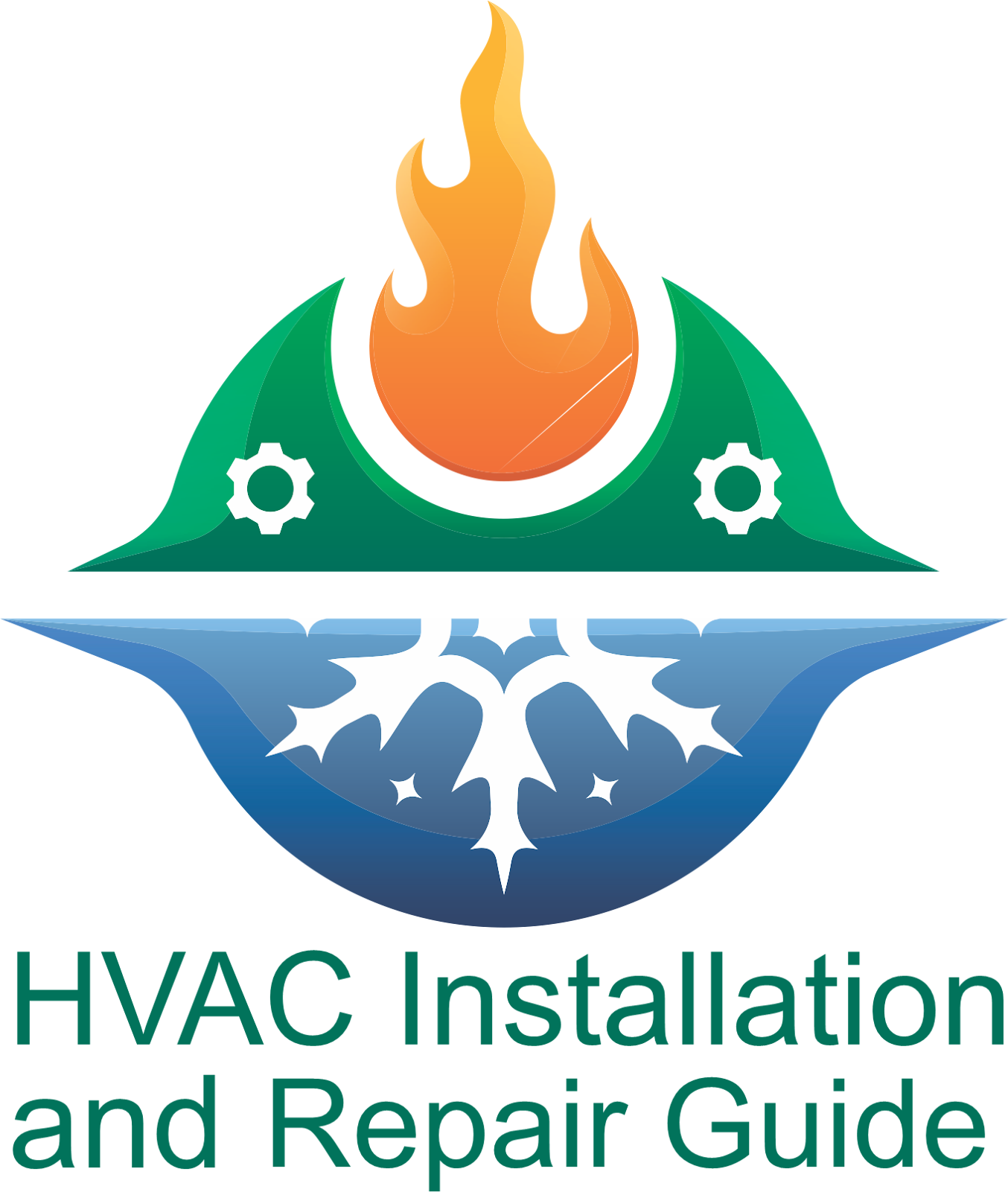Can Heat Pumps Be Used in Climates in the North?
You've probably heard about how efficient, inexpensive, and environmentally friendly heat pumps are if you're searching for a new comfort system. Heat pumps have been utilized extensively in hot climates for a long time. But since they use heat from the outside air and transmit it inside, it is generally accepted that installing them in frigid locations could be more practical. This may cause you to consider whether purchasing a heat pump for your home in a colder region of the US is a sensible decision.
Be certain that modern heat pumps are adequate for cold places before we go into detail. Over the past ten years, the use of heat pump technology has increased significantly in countries in northern Europe, including Norway and Sweden. Homes there rely on efficient heating systems, as January temperatures routinely hover around 20 degrees Fahrenheit. The best answer has been found by those who have installed cold-climate heat pumps.
The Reasons Cold-Climate Heat Pumps Work Well in Cold Climates
Until recently, heat pump technology was unable to service temperate regions. When the temperature dropped below freezing, these devices could not extract enough heat to warm a building. However, things have changed. Here are a few innovative features of cold-climate heat pumps that enable them to function well even when the outside temperature is below zero.
- Cold-weather coolants have a lower boiling point than traditional heat pump refrigerants, which enables them to draw out more heat energy from cold air.
- Multi-stage compressors run at slower speeds at moderate temperatures and faster speeds in very cold temperatures. This enhances performance in various weather scenarios and helps keep the interior temperature more constant.
- Variable-speed fans employ multi-stage compressors to deliver heated air at the proper rate.
- Most modern heat pumps have better coil designs that use copper tubing with grooves that allow for a larger surface area and a more efficient transfer of heat.
- Flash injection makes heating systems in cold places work better by skipping the refrigerant loop. Even though it is less efficient in this mode, it is still better than using an electric resistance heater as a backup.
- Improved motors use less electricity, saving more energy.
- Other changes to the building, like a bigger compressor capacity, lower ambient flow rates, and better compression cycle designs, reduce energy use when it's cold outside.
- In colder climates, heat pumps vs. traditional heating systems
- The heating seasonal performance factor (HSPF) governs a heat pump's efficiency. It can be found by dividing the energy used for heating by the total heat made. The HSPF increases efficiency.
- As of 2023, 8.8 HSPF will be the heat pump's minimal national efficiency standard. HSPF ratings of 10 or above are common for heat pumps in cold areas. In mild conditions, they can operate up to 400% more effectively. They effectively utilize four times as much energy as they do in the transfer.
- Even though performance goes down as temperature goes down, some models work at about 100% even when the temperature is below freezing. On the other hand, new, high-efficiency furnaces have a maximum efficiency of roughly 98%.
- The actual savings may differ. People who heat their homes with traditional fuels like propane and oil and those who use electric furnaces or baseboard heaters are likely to save the most money overall.
- However, a heat pump costs more than natural gas for heating. The price difference depends on variables such as how harsh the winters are, how much utilities cost where you live, how well-built your equipment is, and whether you install solar panels to lower your electricity costs.
Other Things to Consider
Keep the following in mind if you're considering switching from a conventional furnace, boiler, or electric heater to a cold-climate heat pump:
The optimal performance of cold-weather heat pumps depends on proper sizing, planning, and installation. Cold-weather heat pumps are designed to be efficient. Other factors that may affect system effectiveness include a home's insulation level and the location of an outdoor unit.
- Tax credits: You can lower the cost of installing a heat pump by taking advantage of the federal government's energy tax credits. By the end of 2022, the tax credit for installations that meet certain requirements will go up to $300.
- Solar panels Since heat pumps are energy-powered, they pair well with solar panels. This combination can further reduce your energy costs.
- Invest in a cold climate heat pump to start saving money right away.
Whether you're fixing an HVAC system you already have or considering choices for a new building, the specialists at The HVAC Installation and Repair Guide can help you make the most economical decision. We'll look at your budget and how comfortable you want your home to be before recommending the right equipment, whether it's a heat pump for cold climates or something else. If you have any inquiries or would like to schedule an appointment for an estimate on heat pump installation, please contact your neighborhood HVAC Installation and Repair Guide Experts' office immediately.

